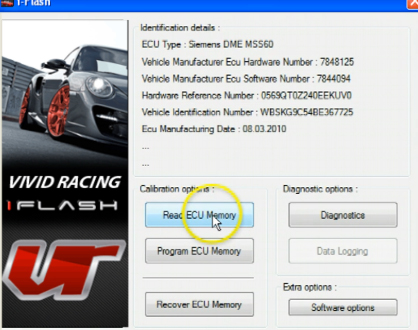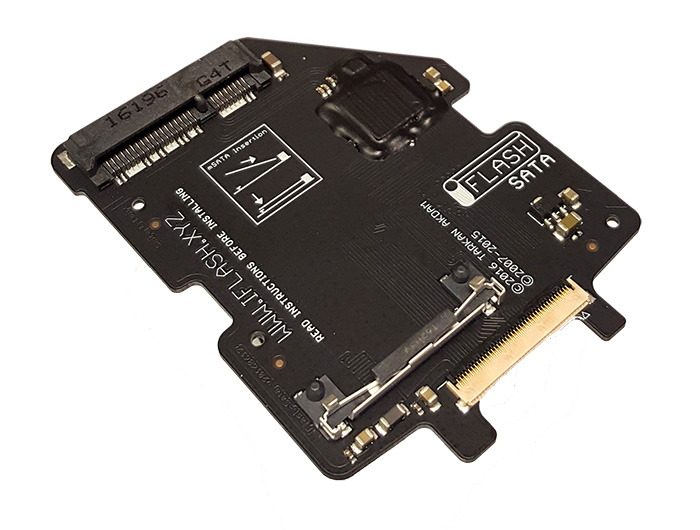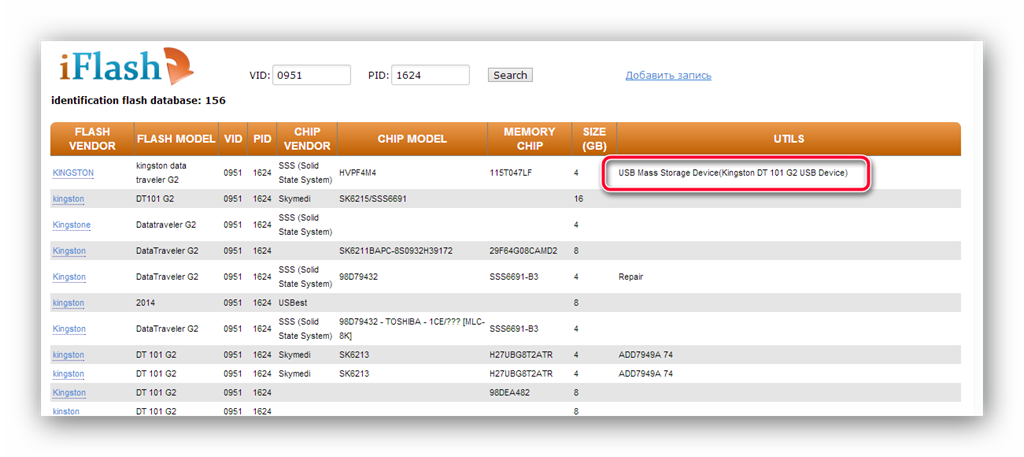
#Iflash database verification
Geological Survey that has been reprocessed to describe individual flooding events, 2) flash-flooding reports collected by the National Weather Service from 2006 to the present, and 3) witness reports obtained directly from the public in the Severe Hazards Analysis and Verification Experiment during the summers 2008–10.
#Iflash database archive
The database is composed of three primary sources: 1) the entire archive of automated discharge observations from the U.S. database providing a long-term, detailed characterization of flash flooding in terms of spatiotemporal behavior and specificity of impacts. This study is the first of its kind to assemble, reprocess, describe, and disseminate a georeferenced U.S. * Note that the ODA can implicitly use both nodes of the FLASH for RAC or RACone.Abstract Despite flash flooding being one of the most deadly and costly weather-related natural hazards worldwide, individual datasets to characterize them in the United States are hampered by limited documentation and can be difficult to access. flash cache insert skip: DBWR overloaded ***Īlso - the following can grow substantially during the problem period.These AWR metrics will confirm Flash Cache usage:


NOTE - The existence of these metrics does not indicate a problem in progress:

CKPT sessions WAITING between nodes with DBWR processį lash metrics confirm active usage during slow performance time windows:.Or remote Storage enabled in the Flash Diskgroup RAC or Clustered* configuration experiences very poor performance², up to and including complete hangs ĭatabase flash cached enabled on two or more nodes The file that contains the flash cache is automatically created for each database and is specified using the database init.ora parameter db_flash_cache_file.īy default, flash_cache_file_size is set to 3 times the size of SGA, up to 196 GB, unless there is not enough space, in which case the size parameter is set to 0.Ĭhanging the flash_cache_file_size parameter requires restarting the database in order to use the newly sized flash cache. Storage in this flashdata file system is then made available as an ACFS file system and is used to create database flash cache files that accelerate read operations. All of the storage in the +FLASH diskgroup is allocated to an ASM Dynamic Volume (flashdata), and formatted as an ACFS file system. Note: Oracle Database Appliance X5-2 introduces four additional 400 GB SSDs in slot numbers 16-19 that can be used to host database files, or they can be used as a database flash cache in addition to the buffer cache.Īn ASM diskgroup named +FLASH with Normal Redundancy is provisioned on these SSDs.
#Iflash database upgrade
Please upgrade to the newest version of the ODA if using FLASH on X5-2: There are also several single-patches and merges available or in the process of being created. Regardless of the instance type: even if using Enterprise Edition (EE) which is a single-instance database. * The Oracle Database Appliance (ODA) X5-2 by default automatically enables remote access to the FLASH DISK GROUP* on both nodes if cache size 0: (Doc ID 2120400.1). Formerly Labeled - ODA X5-2: Lock, Hang for Checkpoint (CKPT) or DBwriter (DBWR), 'GC CURRENT REQUEST' or Intermittent Bad Performance, High CPU and / or Very Poor IO Storing data in the FLASH DISK GROUP in the ODA X5-2 can encounter similar symptoms even if FLASH CACHE is not explicitly enabled. The FLASH / buffer cache symptoms discussed share one factor: Disabling FLASH CACHE will workaround the problem. This note will discuss a collection of symptoms that have a common source: Database Flash Cache enabled on two or more nodes. The FLASH Diskgroup on the ODA X5-2 is built on NVMe shared drives(4) which are accessible on the remote as well as the local node.

Gen 1 Exadata Cloud at Customer (Oracle Exadata Database Cloud Machine) - Version N/A and later Oracle Database Cloud Schema Service - Version N/A and later Oracle Database - Enterprise Edition - Version 11.2.0.1 to 12.2.0.1 Oracle Database Appliance X5-2 - Version All Versions to All Versions Flash Disk Group and Cache Performance Problems in a Clustered Configuration Including ODA X5-2 Symptoms: Very High DBWR CPU, DB FLASH cache waits (User I/O) Buffer Cache / Busy Waits (Concurrency) enq: TX-row lock contention (Concurrency)


 0 kommentar(er)
0 kommentar(er)
